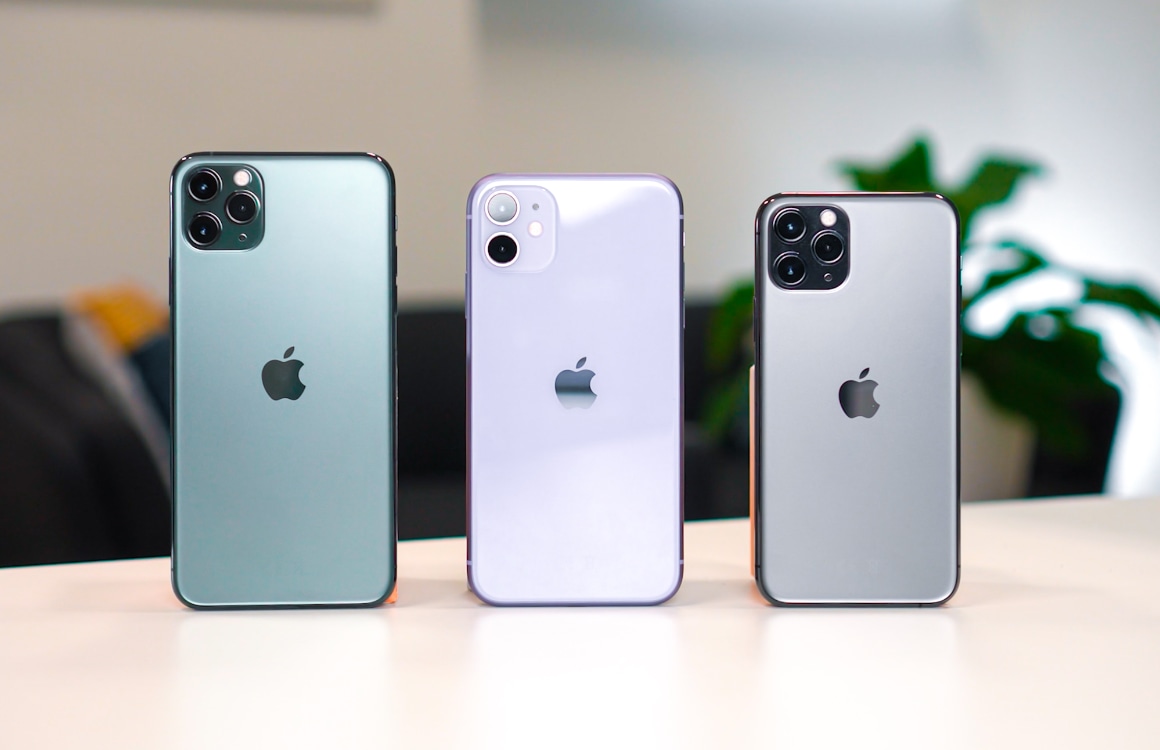iPhone 11 and 5G: that’s it
The iPhone 12 heralded a new era for Apple. It is the first phone from the Cupertino company that can handle 5G, the next step in wireless mobile communication. The successor to 4G is faster, more stable and has more capacity. In this way the network does not become slow with intensive use.
Its predecessor, the iPhone 11 from 2019, has to do without 5G. With this device you can ‘only’ use 4G and this has far-reaching consequences. The telecom industry has high expectations of 5G, which will be rolled out widely in the Netherlands in the coming years. Anyone who buys an iPhone 11 now should be aware of this.
The question is therefore: why does the iPhone 11 not have 5G? The simple answer is: because of the modem. The modem ensures that you can send and receive wireless signals. Without a modem, you cannot call, text, text or watch Netflix.

The iPhone 11 modem loses out
Under the hood of the iPhone 11 is an Intel XMM 7660 modem. It is not ready for 5G, but can only handle lte, the name that the telecom industry uses for 4G. The iPhone 12, on the other hand, has an X55 modem from Qualcomm, which is ready for 5G.
Why the iPhone 11 doesn’t have 5G is presumably related to Apple’s business reasons. Products from the Cupertino company are immensely popular, which is why it is quite a job to keep the production of iPhones, iPads, Macs and AirPods on the right track. Probably the iPhone 11 simply came too early to roll out 5G.
Also interesting: Tip: activate 5G on your iPhone
5G on the iPhone 12
Apple is struggling with the new mobile network. For example, the iPhone 12 does have 5G, but that’s only half the story.
The company sells two versions of the device: an American and an international one. The American version of the iPhone 12 supports all frequencies of 5G, while the international version, which is also sold in the Netherlands, can only handle the lowest frequencies.

This may sound complicated, but it boils down to the fact that with a Dutch iPhone 12 you will not gain much speed for the time being. The device can only handle the lowest and least fast frequencies of 5G (700MHz). The much faster mid and higher frequencies (3.5GHz and 26GHz) pass the nose of the Dutch iPhone 12.
In short, even with the latest iPhone of the moment, Apple has had to improvise to keep the promise of 5G.
Also interesting: Advice: How future-proof is 5G on the iPhone 12?
On to the iPhone 13
Speaking of which: Apple has completely cut ties with modem manufacturer Intel. For the time being, they are working together with competitor Qualcomm, but rumor has it that the company will make its own modem chips in the future. That way, Apple is not dependent on anyone.
The iPhone 13 is probably too early for this. This device is expected to be unveiled in the autumn of 2021 and would get a Qualcomm X60 modem, which is good news for the Dutch. This modem supports the mid and higher frequencies of 5G, resulting in significant speed gain.
The latest news about Apple:
- Apple opens the doors of Find My Network with a new app
(7 Apr)
- New Apple TV gets high refresh rate of 120Hz
(Apr 6)
- Opinion: Why does Apple yield to the Russian government?
(Apr 5)
- ‘Photo of iPhone 13 dummy shows smaller notch’
(Apr 5)
- Rumor: new iMac gets bigger screen than current model
(Apr 4)